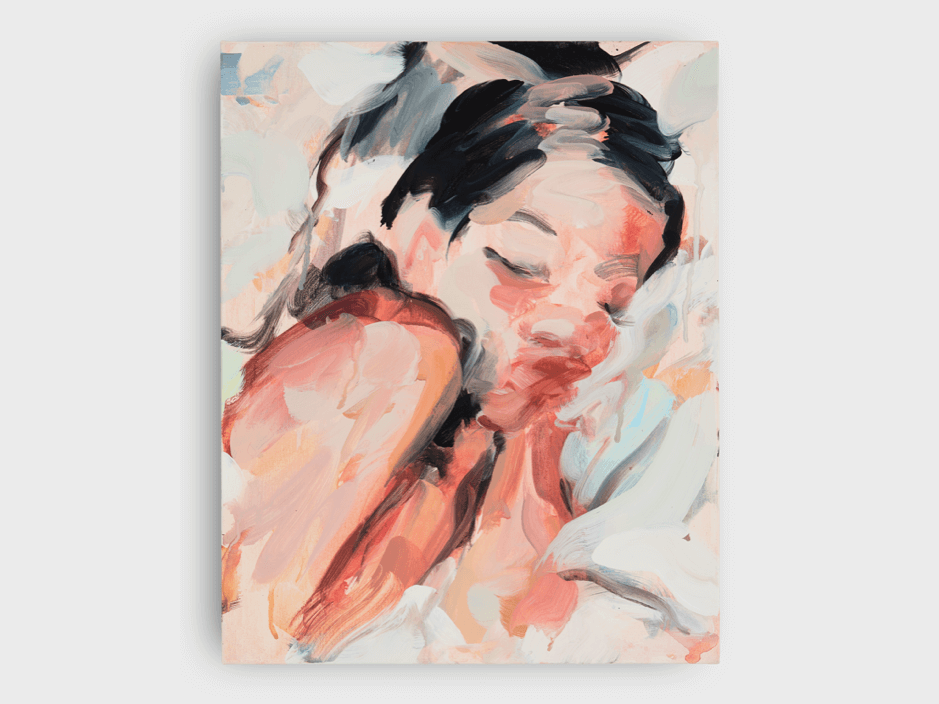To welcome the summer solstice and the end of the second quarter of 2021, IñigoArt looks at art market data and specifically at the consequences of the industry’s shift to digital. After nearly 18 months of a near total cancellation of art fairs and a forced pause on the market, there seems to be a feeling of déjà vu as restrictions are lifted. Everything, yet nothing, has changed.
Earlier in the year the buzz of NFTs was impossible to ignore and a few months later, it would seem like the traditional art world has succeeded in its resistance. Beware, it won’t end well for the traditionalists. Similarly, the importance of local markets was emphasized in 2020 given the travel restrictions. However, this is difficult to reconcile with the fact that international art trade and cross-cultural communication and exhibition remain at the core of the global art market.
The biggest shift to date in the art market has been the embrace of online retail channels by dealers and buyers alike. Reliance on local art programming and a local client base requires that dealers engage with new collecting audiences. The industry has proven resilient and quick to adapt through digital platforms. For a sector usually driven by in-real-life events, the personal relationship and handshakes, the shift to digital has been quick. According to The Art Basel and UBS Global Art Market report 2021, despite the overall contraction of sales in 2020, aggregate online sales reached a record high of $12.4 billion, doubling in value from 2019 (p.213). The share of online sales expanded to three times its size, from 12% in 2019 to 39% in 2020, including online art fairs, internal and third-party digital platforms (p. 216).
It is a complex shift. After personally experiencing dozens of online viewing rooms in the past months, with all the 3D tech you can imagine, there is no doubt that the virtual world will never substitute the physical presence of objects: the scale and the smell of materials, the appreciation of light bouncing and shadows cast and the overall quality of the work cannot be appreciated online.
IñigoArt has acquired artworks on behalf of clients during 2020 and in the first half of 2021 because we have relied on our expertise and seeing those exact works or by the same artists, pre-pandemic, in person.
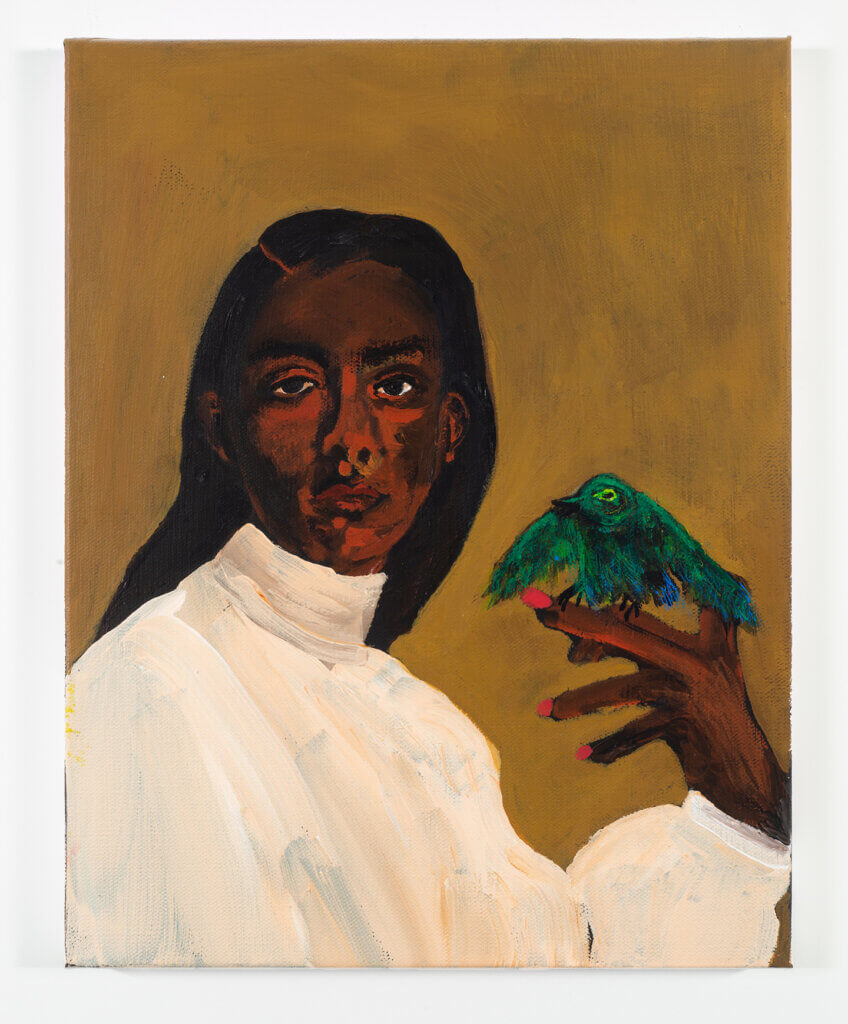
It is telling that, according to the Art Basel and UBS Global Art Market report, in 2019 57% of online sales by dealers were to new buyers who had never been to their gallery or met the dealer in person. In 2020, however, an average of 32% were to new online buyers that the gallery or dealer had not been in contact with before. Therefore, most online sales were to existing clients (p. 219) who were familiar with the artist’s work and the gallery.
For dealers, the biggest challenge remains in how to attract audiences in the first place and convey quality amid an increasing volume of online offerings. For buyers, the key issue is to learn to navigate an ever-expanding sea of content, either online or in real life.
The Global Art Market Report establishes a curious comparison between HNW art collectors’ outlook for the global art market vs their outlook for the global stock market with a marginal optimism over the medium and long-term on the art market (p.324-325). It is hardly surprising given the cautionary debates on the damaging effect of looming inflation.
Art has always been an asset class for intergenerational wealth and it will continue to be. What is essential is a good understanding of art and its market. The current global financial situation has led to a bifurcation of fortunes. Global central banks have adopted policies to stimulate the economy and all asset classes have been buoyed. Those fortunate to hold physical and scarce assets such as property, precious metals and art will perhaps see the greatest gains. I believe this situation will push for investors to find alternative sources of returns, driving up the price of objects in short supply. This is a good time to collect. Fortune favours the brave. And if there was ever a good time to remind us of Warren Buffet’s words: “Only buy something that you’d be perfectly happy to hold if the market shut down for 10 years”.
The trend of emerging artists representing ideals based on identity politics remains. The time has come for black, female and LGBTQ+ artists to have a light shining on them, which is fantastic and overdue. Some of these artists will see significant value appreciation in time because social values are shifting towards social justice, equity and diversity. Museums have been reviewing for some time their programming and acquisitions in order to compensate for their past shortcomings. Whilst I am in favour of ignoring trends and purely considering art that is good and appeals to you, regardless of gender, national identity and sexual orientation, the reality is that the market is due a correction and there is no need to be a contrarian. There is brilliant new talent that will do very well. The trouble is spotting it at such an early stage before their market price increases.
Emerging artists command lower prices because they are new to the market and they need to prove their career merits over time. Typically, buyers, academics, curators and critics’ support bestow their stamp of approval and hence enhance an artist’s market value. However, the gap from emerging to recognised keeps shortening nowadays by many galleries pricing-in the potential future uptake by an artist before it has fully materialised and consequently pricing-out an audience that they had just nurtured. This is a risky move on dealers’ part in the context of building new audiences.
The only lesson art buyers can take is buy early or miss out. What savvy buyers can do is to hyper-learn or find expert support. There is no shortcut to connoisseurship, business relationships and pricing experience.
Talent is out there and I would like to highlight three young female painters who are riding that early wave. Now you know, get in early…
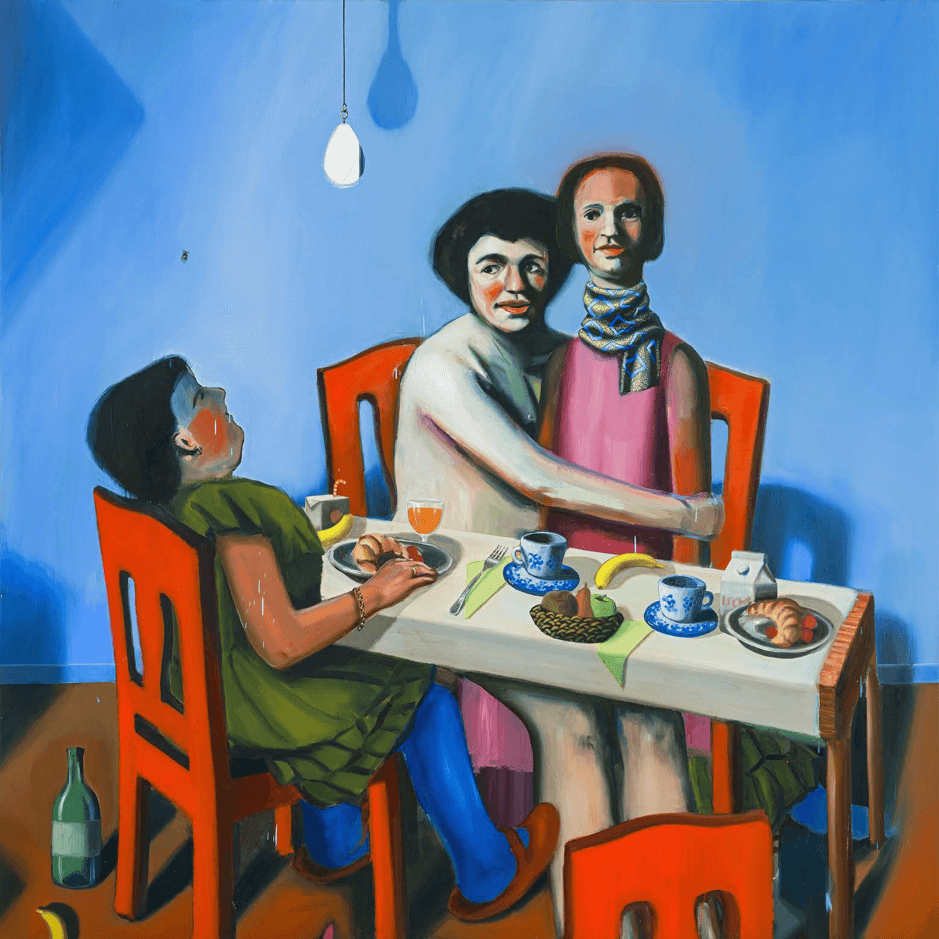
The Chilean-Peruvian artist Ivana de Vivanco invites us to reveal hidden identities and stories, pursuing revelation in the materiality of clay and oil. She stands out for the theatricality of her works, which are as dramatic as they are discreet. Some of her work offers a metaphor for the writing of history through the prism of colonialism where de Vivanco alludes to the complexity of emotion. His painting Odd Breakfast is inspired by Los Borrachos by Velazquez and baroque painting is a constant influence in her work, brought to our time through colour and a dramatic tension between characters. The sculpture Triple Drama is contradictorily vivid in its unveiling of melancholy, made comical in its adoption of primary colours and a cartoonish aesthetic expression.
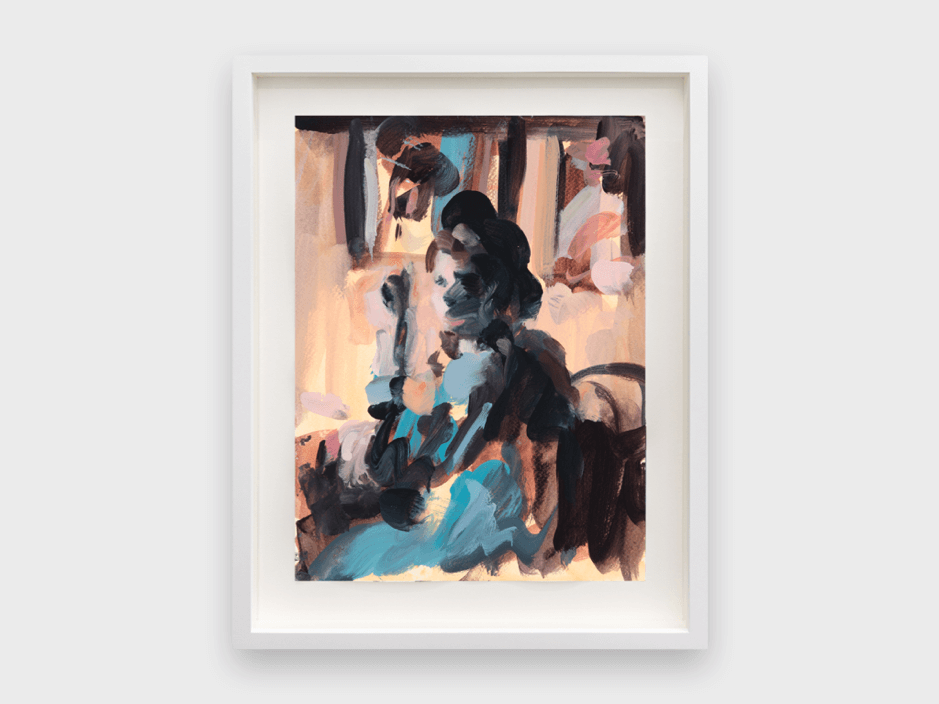
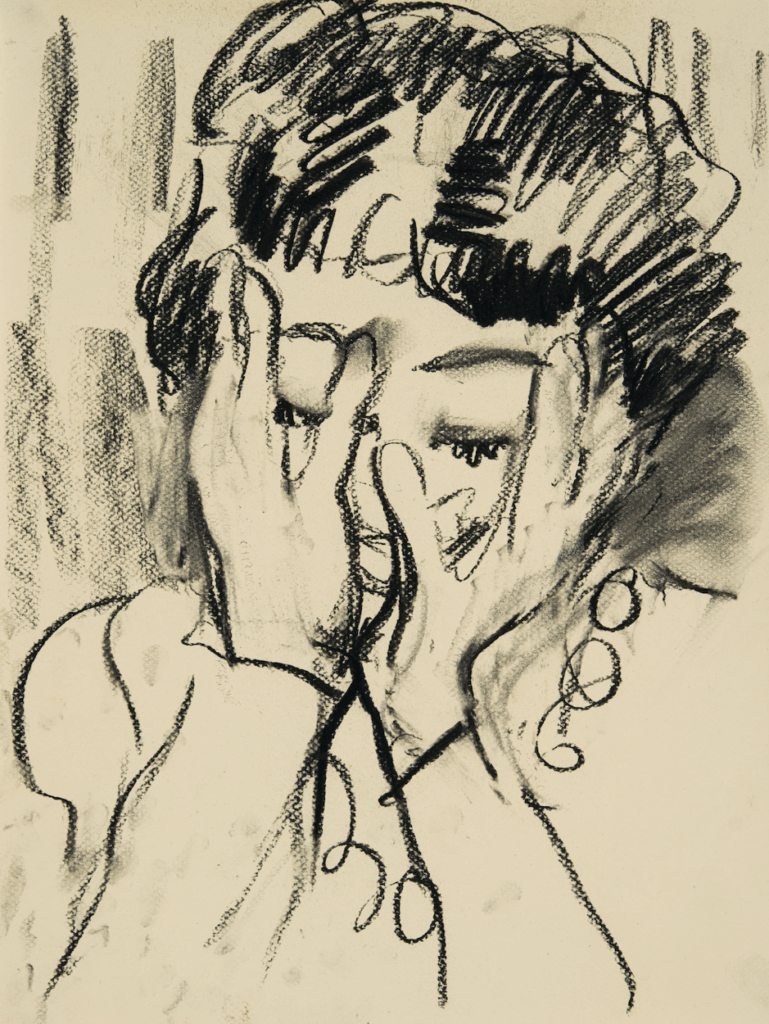
Laura Lancaster’s brushstroke is a welcome reminder of the work by Cecily Brown, the established and sought-after British painter. The painting hand gesture is light to the touch and quick with intense effect. A constant play between abstraction and figuration, Lancaster bases her paintings on existing portraits or seemingly unimportant objects that she finds. However, she manages to give them intensity and intimacy through a pared-down colour palette and close-up compositions.
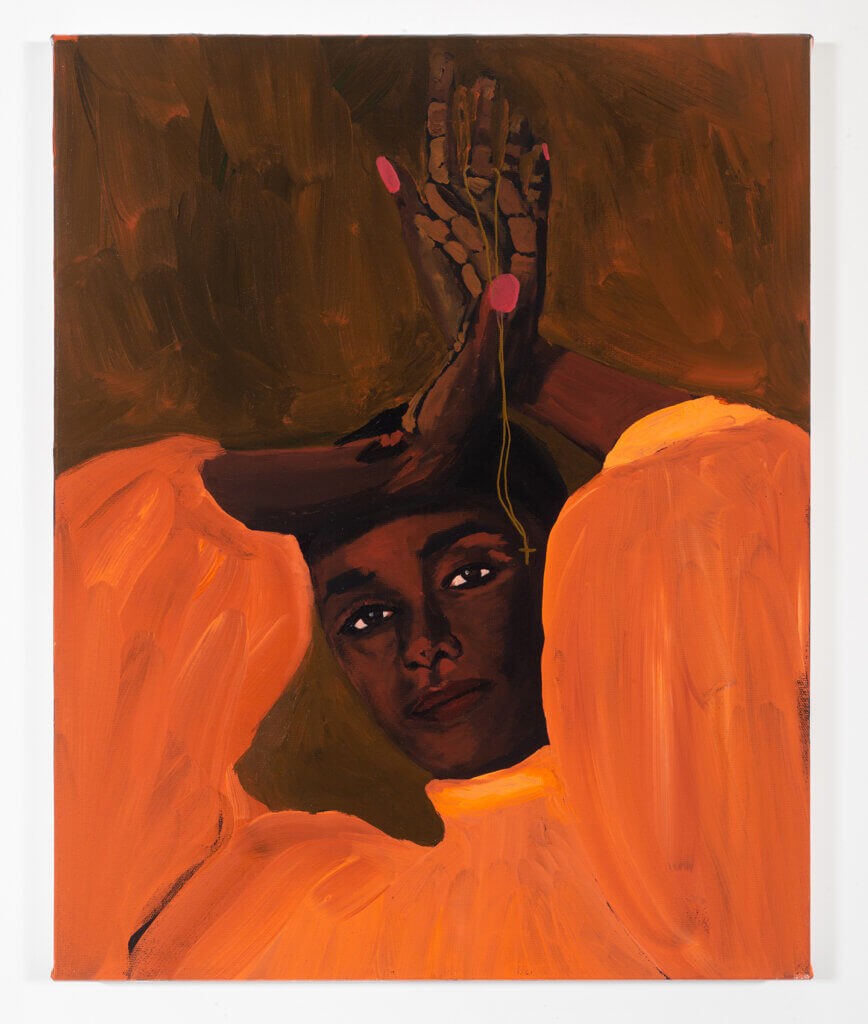
Danielle McKinney, an artist trained formally as a photographer who came to painting later in life, her portraits are not taken from life or real people but, according to the artist, they express an emotion, her thoughts after a conversation or a strong impression left on her. There is no planning through drawing but a direct, saturated palette building the image onto a prepared canvas with a black ground. Her subjects are timeless portrayals where colour plays a big role in building an emotional and physical world.
If you would like to discuss how IñigoArt can assist you in your art acquisitions or to understand the art market better, please do not hesitate to get in touch.
Marina Ribera Iñigo

